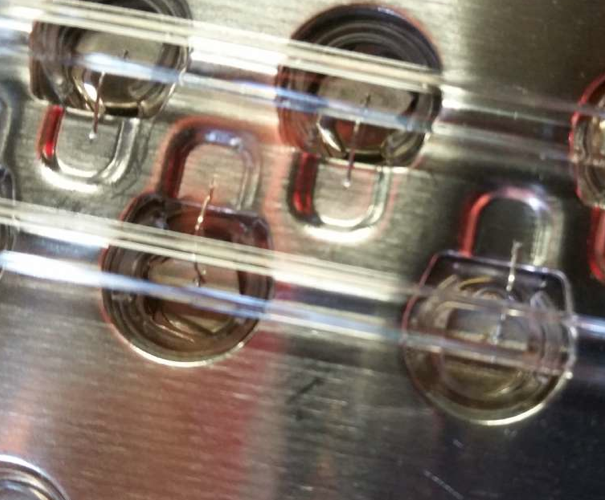RobertC
Well-known member
Aerowhatt, that's awesome!Aerowhatt said:I hope so. I've used it to power lower wattage chargers on smaller EV's (motorcycle for instance). The example I used is emergency usage that I have tested. In regular use I have a larger bank of mismatched used EV (no longer suitable capacity for mobile applications) AGM lead acid batteries. Any mainstream off grid solar designer would say it won't work. But I have 4 years of hard data showing that it does work and work well. Essentially my battery bank is free and will continue to be, as long as I do EV service and modifications. Some of them are orbitals that were manufactured in 2004!RobertC said:Your off-grid system would work well with a Level 1 EVSE to charge an electric vehicle during a sunny day.
The panels are 60 cell SolarWorld panels for a total of 2600 watts, The charge controllers are Morningstar 65 amp MPPT units (three paralleled). In day to day practice the panels are grid tied, but are also wired to divert the DC to the charge controllers if the grid is down. A small investment IMO to keep the food cold and our kesters warm or cool (depending on season) during a prolonged outage. Why only a 12 volt battery bank when 48V would be more efficient? It's much easier to use mismatched batteries if there are no series strings. Also a charged iMiEV battery could keep the critical loads going for up to 4 days through the DC to DC converter in the car (12 volt output). A Gasser can idle at about .6 gallons per hour cranking out 45 to 80 amps of charging power (again 12 volt output). So for the sake of flexibility of power sources 12 volts made the most sense to me.
I had not considered before how well 12 volts works to tie in solar panels and electric vehicles.
I envision a home of the future with electric vehicle batteries and storage batteries integrated with solar panels tied to the electric grid that could:
1. Power the home during a power outage in conjunction with the homes solar panels.
2. Store the energy from solar panels at off-peak times and feed the grid at peak loading.
To date there have been solar panel battery energy storage applications (SolarCity and Tesla partnership), vehicle to home (V2H) applications (MiEV Power Box, Nissan Leaf and Nichicon), and vehicle to grid (V2G) applications (University of Delaware, and others). However, no project yet has tied all of these new technologies together with solar panels, a bi-directional home electric vehicle charger, a separate home storage battery, and a master control system.
Members of this forum have demonstrated that these technologies can work now. Several members have solar panels and electric vehicles, you have these and also battery storage, and member siai47 has shown how to charge a MiEV at home with a 12kW dc fast charger.

